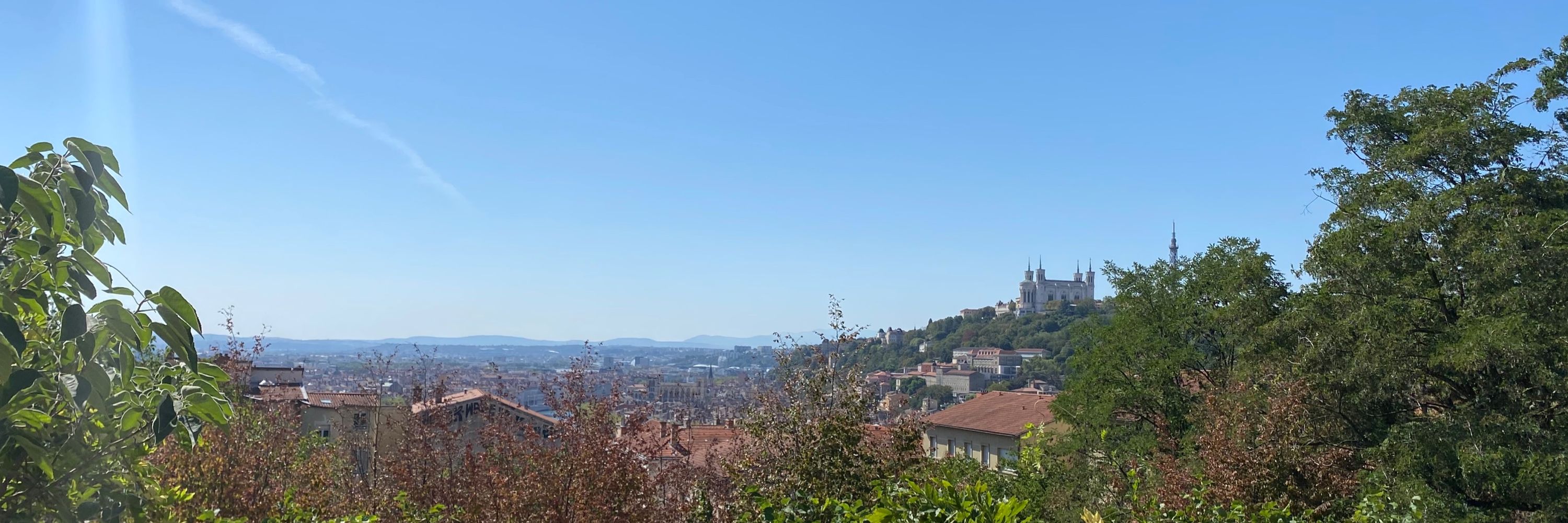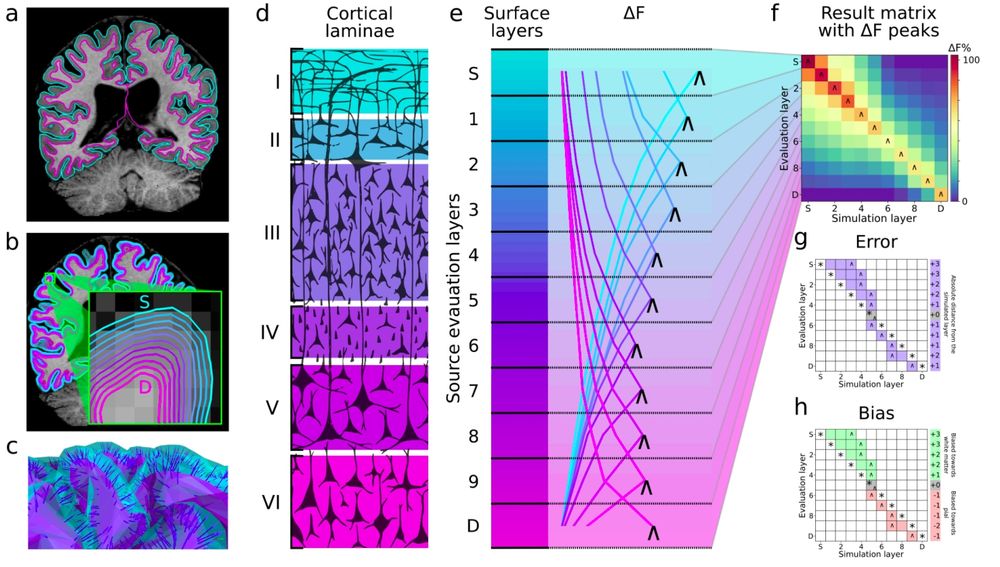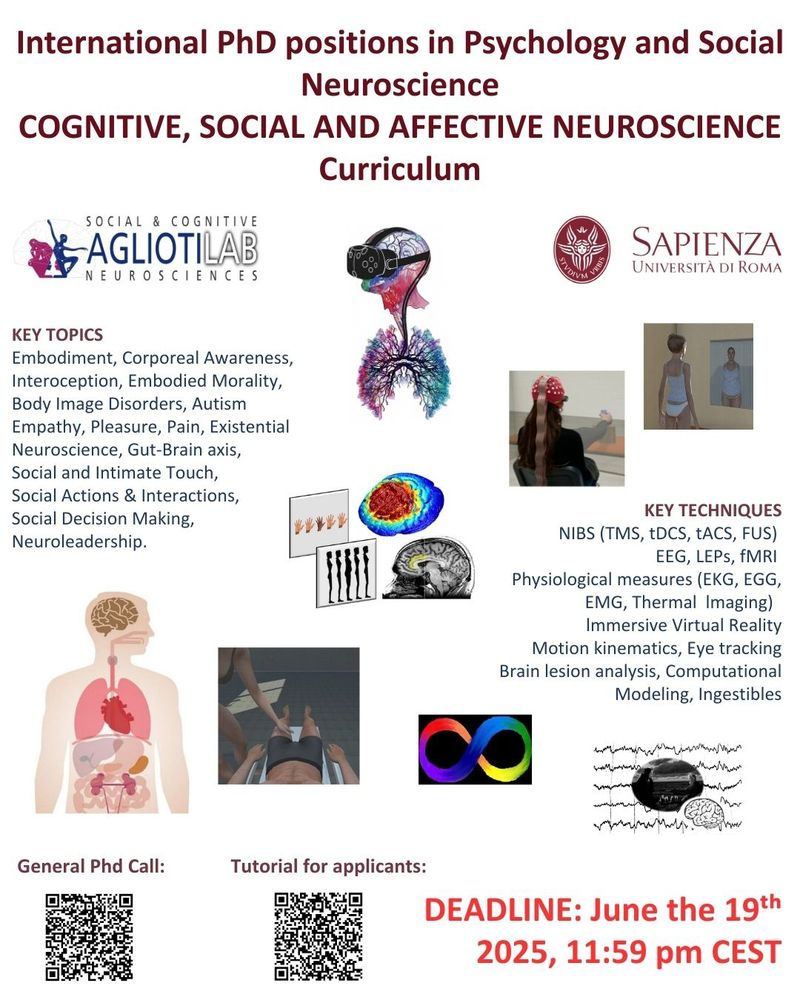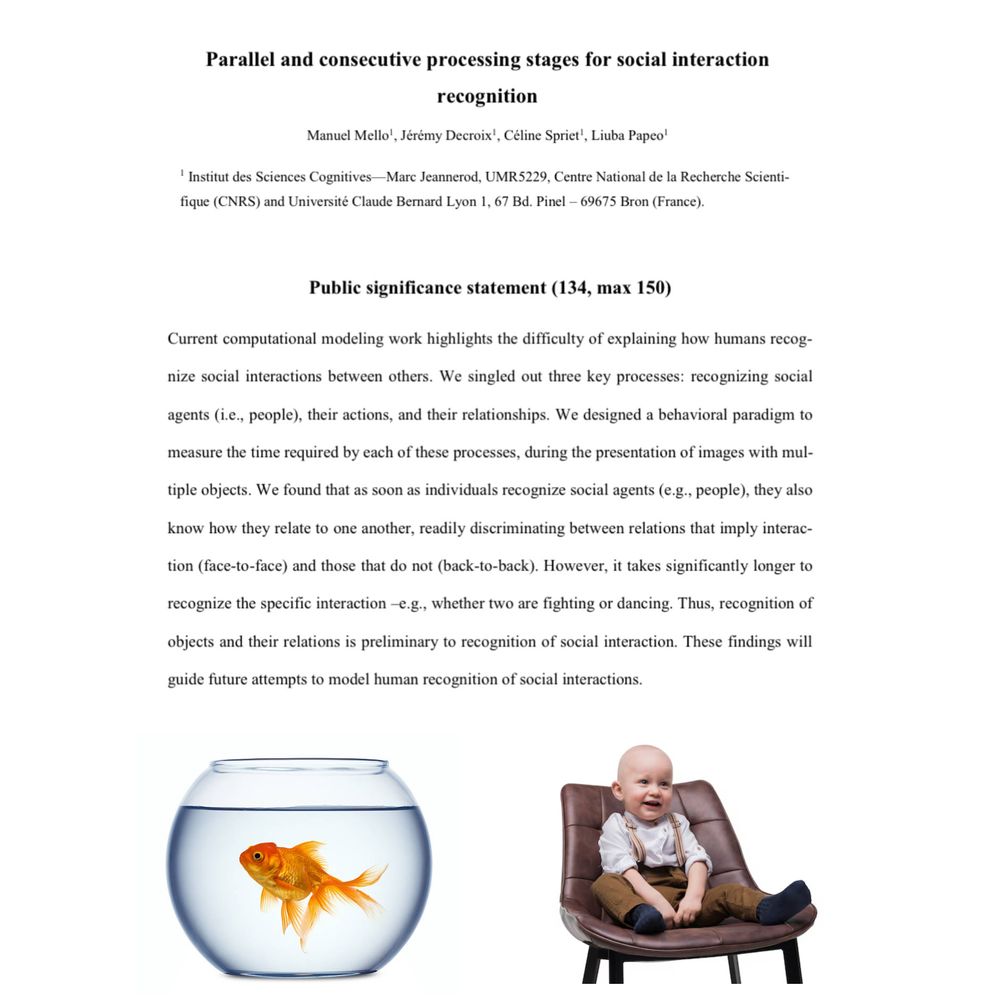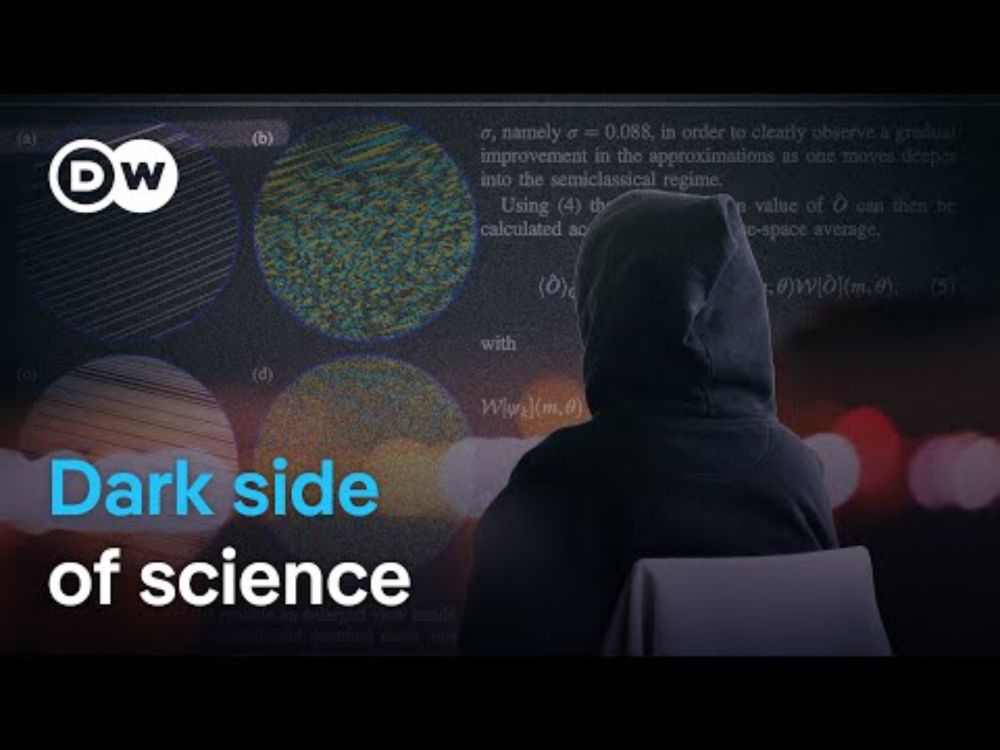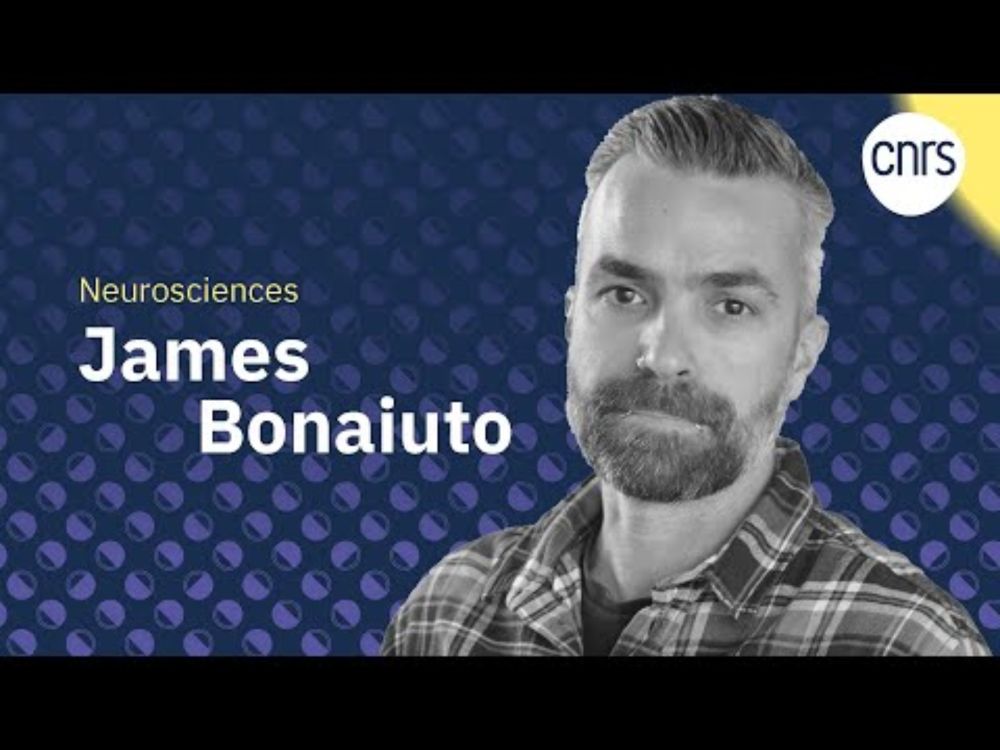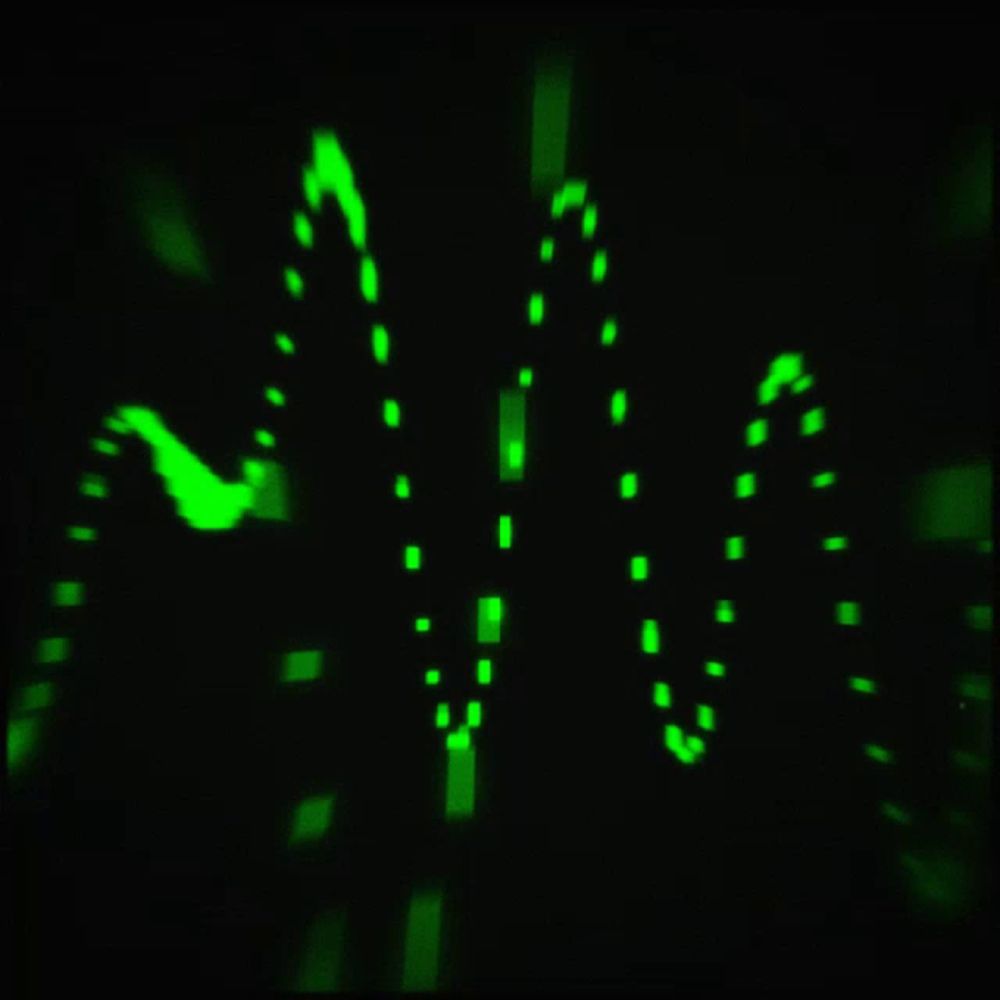Quentin Moreau
@quentinmoreau.bsky.social
350 followers
370 following
26 posts
Cognitive and Social Neuroscientist in Lyon 🧠- MEEG and Beta Bursts 💥 Postdoc at the DANC Lab 👨🏻🎓 - Basketball fan 🏀
https://www.danclab.com/member/member17/
Posts
Media
Videos
Starter Packs
Reposted by Quentin Moreau
Reposted by Quentin Moreau
Maciek Szul
@maciekszul.bsky.social
· Jun 2
Reposted by Quentin Moreau
Reposted by Quentin Moreau
Reposted by Quentin Moreau
Reposted by Quentin Moreau
Reposted by Quentin Moreau
Reposted by Quentin Moreau
Reposted by Quentin Moreau
Reposted by Quentin Moreau
Reposted by Quentin Moreau
Quentin Moreau
@quentinmoreau.bsky.social
· Feb 21
